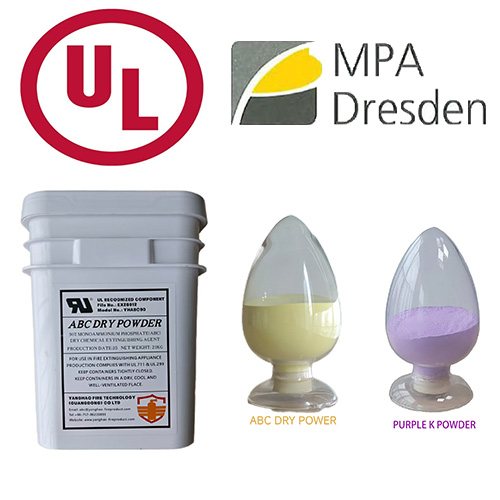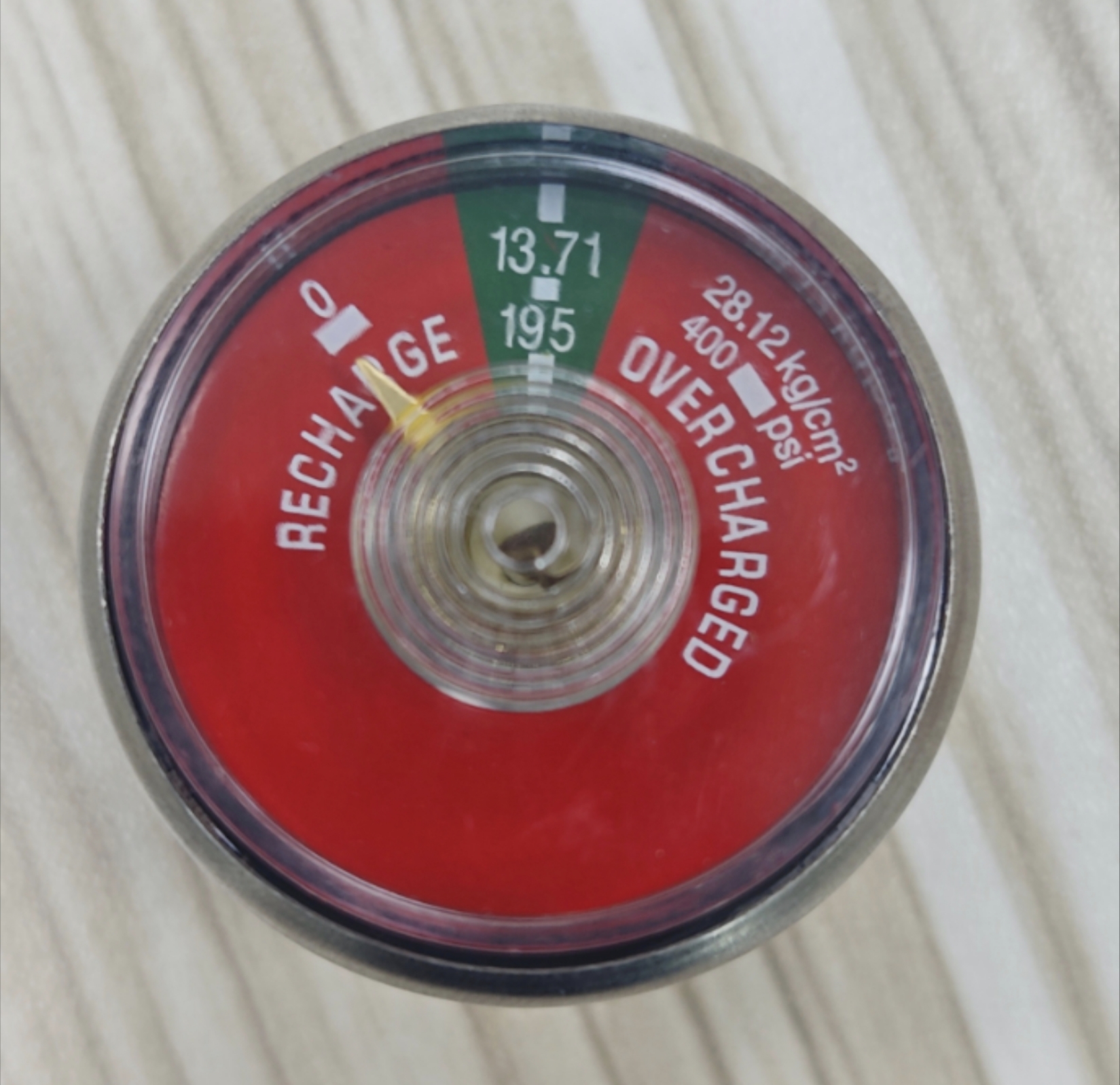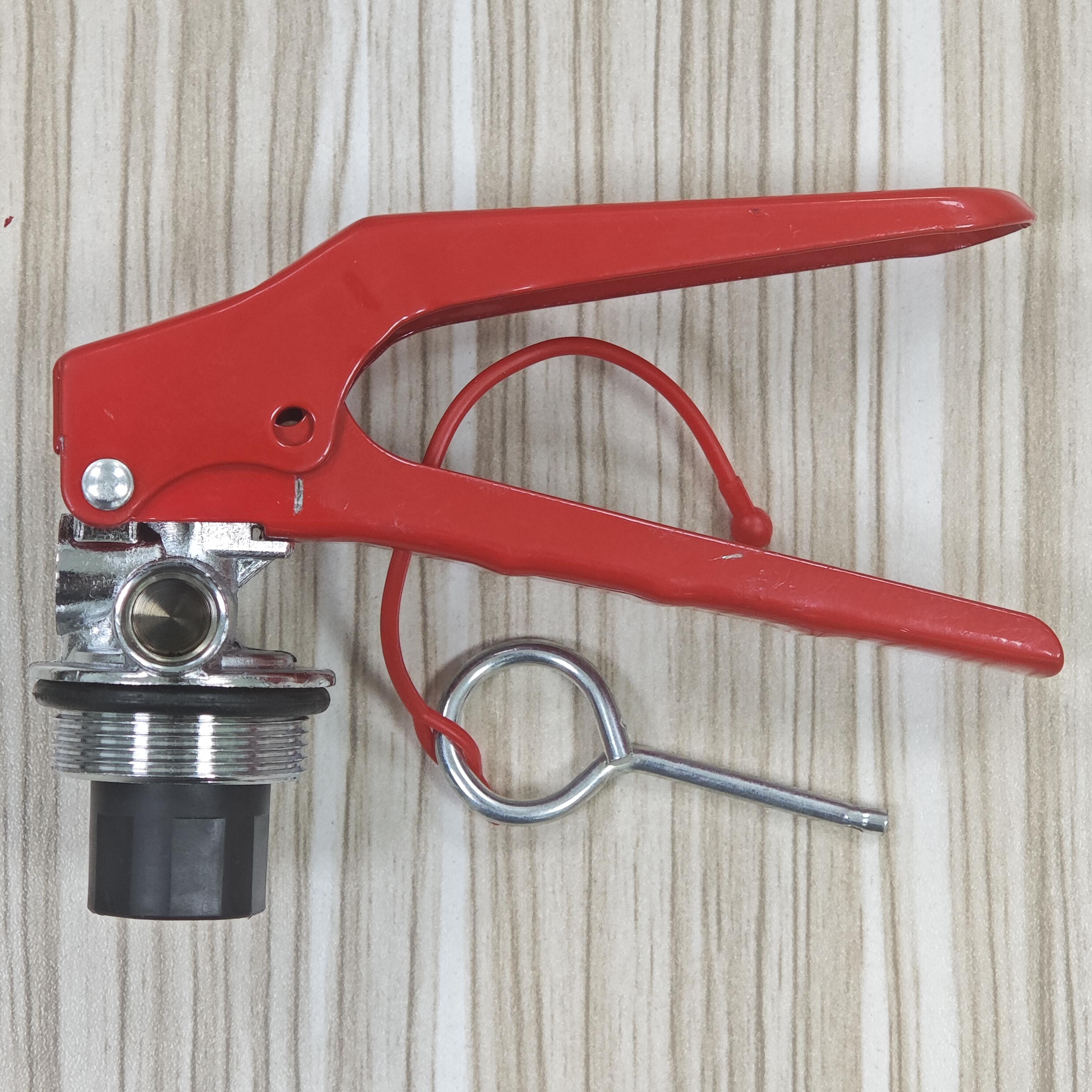Expired Fire Extinguisher Disposal Guide: Never Dispose of Them Randomly!
1. Introduction
Every dry chemical fire extinguisher has a service life. Even the most reliable unit loses pressure, experiences corrosion, or sees its ABC powder degrade over time. When this happens, proper fire extinguisher disposal becomes a matter of environmental responsibility and fire protection compliance—not just convenience.
Unfortunately, many users throw old extinguishers in the trash or leave them unused for years, unaware of the safety and environmental risks. This blog provides a complete expired fire extinguisher disposal guide and highlights the importance of correct fire safety maintenance practices.
2. Why Proper Disposal Matters
An expired fire extinguisher is not just a useless object—it can be dangerous if mishandled. Pressurized cylinders may rupture, while old dry chemical fire extinguishers can leak powder that irritates skin and eyes.
Improper fire extinguisher disposal also causes environmental harm. The contents of ABC powder can alter soil pH and contaminate water if released improperly. That’s why modern fire protection regulations emphasize safe disposal, recycling, and refilling options instead of random discarding.
3. When Does a Fire Extinguisher Expire?
Most dry chemical fire extinguishers have a life expectancy of 10 to 12 years, depending on the manufacturer, materials, and fire safety maintenance practices. Signs of expiration include:
Missing or broken safety pin
Rust or corrosion on the cylinder
Low or zero pressure reading
Hardened or clumped powder
Faded manufacturing label or missing inspection tag
Once any of these appear, it’s time for replacement and responsible fire extinguisher disposal according to your region’s fire protection standards.
4. Step-by-Step Fire Extinguisher Disposal Process
Step 1: Check the Pressure Gauge
If the needle is in the “green zone,” the dry chemical fire extinguisher may still be usable after inspection. If it’s in the “red,” proceed with fire extinguisher disposal.
Step 2: Empty the Extinguisher
Discharge the unit in a safe, outdoor area. Make sure to wear gloves and a mask to prevent irritation from ABC powder. After discharging, mark the cylinder as “empty” before proceeding.
Step 3: Remove the Head
Unscrew the head of the expired fire extinguisher to ensure there is no residual pressure. This prevents accidental activation during recycling.
Step 4: Separate Metal Components
The steel or aluminum cylinder can be recycled as scrap metal. Many recycling centers accept them under fire safety maintenance regulations.
Step 5: Contact Local Hazardous Waste Facility
If you are unsure where to take your expired fire extinguisher, contact a certified fire protection or waste disposal service. They can guide you on eco-friendly fire extinguisher disposal procedures.
5. Recycling and Reuse Options
Some dry chemical fire extinguishers can be refurbished and recharged after inspection. Manufacturers or certified service centers can:
Replace seals and gaskets
Refill with fresh ABC powder
Repressurize cylinders according to fire safety maintenance standards
This extends the extinguisher’s lifespan and supports sustainable fire protection. If a cylinder fails pressure testing, it should be safely scrapped instead.
6. Environmental and Legal Considerations
Improper fire extinguisher disposal can violate environmental regulations. The expired fire extinguisher contains pressurized gas and chemicals that may not be biodegradable.
Countries such as the United States, United Kingdom, and European Union enforce specific disposal guidelines under environmental and fire safety maintenance laws. Companies ignoring these rules risk fines and reputational damage in global fire protection markets.
7. How to Prevent Early Expiration
You can delay the need for fire extinguisher disposal through consistent fire safety maintenance:
Conduct monthly inspections
Keep extinguishers away from heat and moisture
Refill or recharge after every use
Replace dry chemical fire extinguishers that show corrosion or clumping powder
These steps ensure maximum performance and extend service life, reducing waste and enhancing fire protection readiness.
8. Conclusion
Proper fire extinguisher disposal is a vital part of responsible fire protection management. Throwing away an expired fire extinguisher without following safety procedures can lead to environmental damage, safety risks, and legal penalties.
Instead, follow certified fire safety maintenance and recycling processes to ensure every dry chemical fire extinguisher is handled responsibly. Whether through recharge, reuse, or recycling, sustainable practices protect both people and the planet.
Never dispose of them randomly—dispose of them safely. That’s real fire protection.





